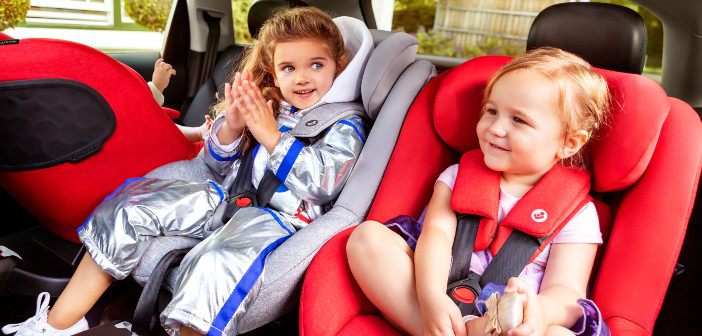Last June, China Daily reported that the country has once again announced an impending car seat law, and despite multiple attempts at similar legislation in the past, this time they seem to mean it as General Motors, in partnership with Safe Kids Worldwide, recently started training sessions in cities across China.
There’s no mention of when cities will start cracking down on the new law, but ride-hailing services have been incrementally stepping up their game over the years. ShouYue Chauffeur Service, a car service app that’s got specific types of cars for various needs, introduced their fleet of Mommy Cars (宝马 bǎomǎ) back in October 2020. And in May of 2017 China Daily reported that Didi Chuxing announced it would start equipping Premier vehicles with child car seats, becoming one of the first on-demand transport platforms in China to offer customized services for children’s safety. Likewise, in November 2019 our editor Wendy Xu discovered a Didi hack that makes life easier for parents. By switching Didi from English to Chinese, you’re given more car options, one of them being 宝贝专车 (Children’s Car) which is a car seat service Didi created for children between the ages of 9 months and 12 years.
Nevertheless, the latest car seat law isn’t new. It was first introduced back in 2013 as part of a larger set of laws aimed at protecting minors. However, that car seat regulation was vaguely worded and forgoes any mentions of age, height, or weight specifications for a child.
To date, car seats and seatbelts have largely been a matter of personal preference in China. During my third trimester of pregnancy, I bought a Doona stroller. It’s the only one I found that could collapse into a car seat since I don’t drive in Beijing. Admittedly, it wasn’t the lightest or cheapest, but it was something I felt was necessary to keep my baby safe while tooling around town.
Now that my daughter is 9-months-old, just about every time I take a Didi, I have to confront drivers who tell me to put the stroller in the trunk and hold my baby, lest I soil their precious interior. Needless to say, explaining the mechanics of how a Doona stroller collapses into a car seat has become second nature, as has spewing facts about infant mortality rates in car accidents.

The Doona stroller
When I asked a few local parents how they managed to get around the city with their babies, much to my surprise, more than a handful said they simply carry their babies in the backseat.
One of the arguments that I hear most often is that cars can’t go very fast in the city anyway and that when there’s a baby on board, parents will drive extra carefully. Well, no offense, but they’re called traffic “accidents” for a reason. No one wakes up in the morning and plans to crash into another car/bike/scooter/tuk tuk/pedestrian/whatever else is on the road.
Let’s look at some numbers. According to Xinhua News Agency, about 18,500 children under the age of 14 die in traffic accidents in China every year. Moreover, a child who weighs 10kg and is traveling at 50km per hour in a car has a force impact of 300kg in a crash, according to the China Automotive Technology and Research Center. So you don’t need to be going at F1 speeds to get into a damaging crash. In some tragedies, children have been thrown through the windshield driving at that speed. Armed with that knowledge, I could not condone driving while holding your child in the backseat.
Got any useful tips or stories about traveling around Beijing with a baby? Let us know in the comments!
KEEP READING: The New Mommy Car Service and Pregnancy Travel Tips
Images: Doona, Maxi Cosi




